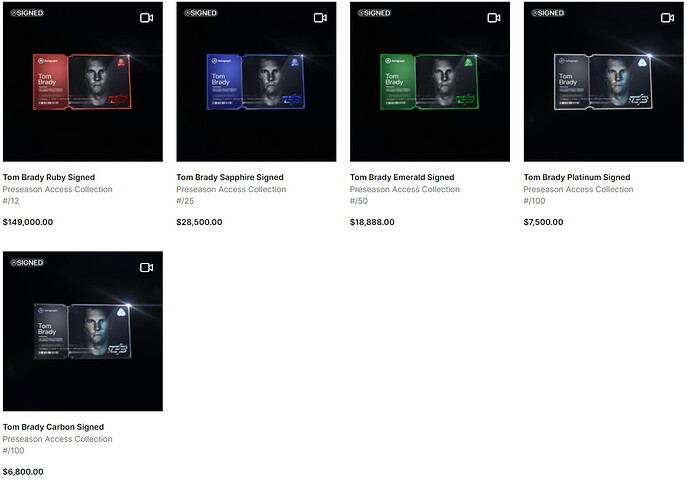Above is exactly my thoughts. For context, in the investment world a 5-7% real rate of return is what many think is the best we can expect going forward for the entire market, due to the high price of assets today vs underlying cash flows. Investment grade bond yields are all negative real return
This means every purchase of a physical card, which would be 20-30% in fees, is the equivalent of wiping out 4 years of expected returns upon purchase. It’s completely unpalatable for 99%+ of professional investors (the institutionalized kind - not the ones we see on forums). Most investors have a hurdle rate before they collect any performance fee and making a loss of this magnitude puts them at much bigger risk of zero returns or losses after years of effort. So professional investors in general won’t touch anything with more than 3-5% total fees (and that’s the max - that’s private equity which incurs the most fees per transaction. Public equity and fx etc is far far far lower)
The second issue is the lack of a liquid market with pricing transparency (that lacking is also a function of high transaction costs - highly liquid markets typically have low transaction costs which allow for frequent trading), that makes it very difficult to enter and exit large positions, or prove that the trade has been successful I.e. mark to market. A crypto fund manager can tell people how much he’s up or down at anytime, and if he’s up he can go out and raise more money etc. You cant do this in collectibles
I’ve spoken to the managing partner of a $10bn usd family office casually on this topic, and they have a very flexible mandate in investing due to their nature as family owned (no specific investment mandate in eg equities only for GP type funds) - they thought pokemon and cards in general were very interesting, but there was simply no way to deploy their minimum check size which is in the tens of millions due to the aforementioned challenges amongst others. They can do it in crypto and nfts, and that’s why they’re in crypto and nfts. That’s also why crypto has a $2tn market cap
So once the concept of collateralized nfts is solved, and currently there are alot of legal challenges such as KYC, AML in the traditional securitization and trading process - if it actually gets solved, you might just see the mother of all bull markets
If it doesn’t however then we’ll just drift along producing decent returns that will increasingly be unattractive given the lack of liquidity and so forth. Ie mostly collectors only
Maybe someday efour can organize a zoom call to discuss stuff like this where everyone can participate - there’s alot of interesting things to explore and learn from each other here - unlike four years ago when I joined this forum, alot of people have moved on to various careers in software, crypto, finance, law, and can bring their own insights and lens on how they see pokemon to the table. Who knows - we might already have all the people here with the necessary skills to solve this problem together

